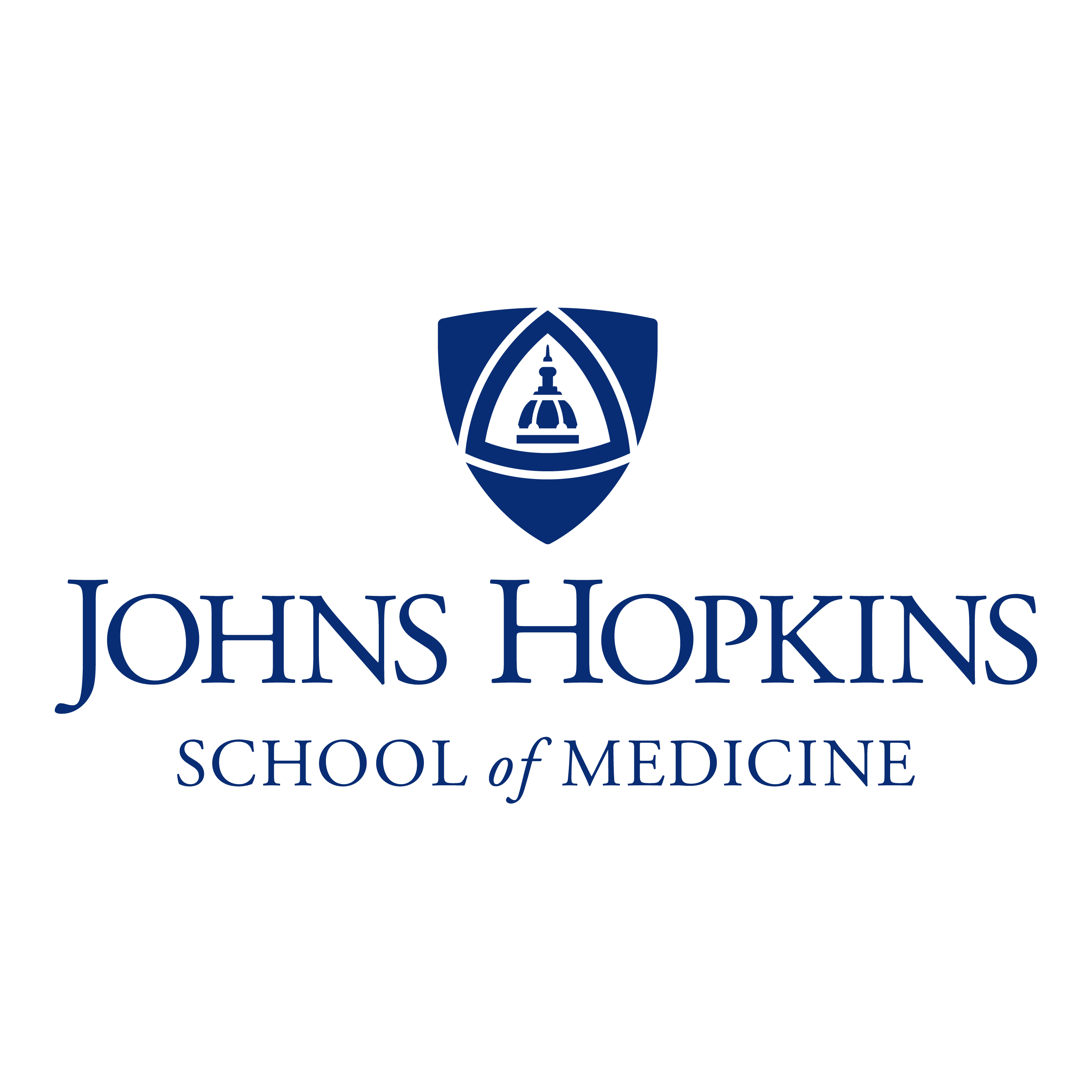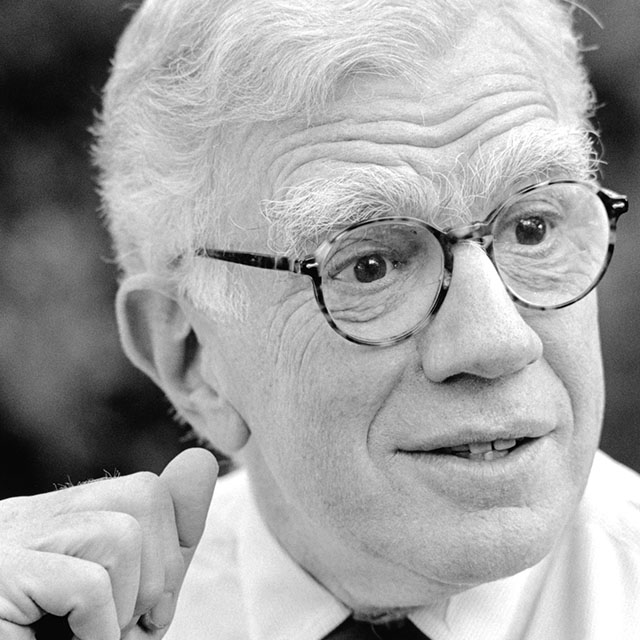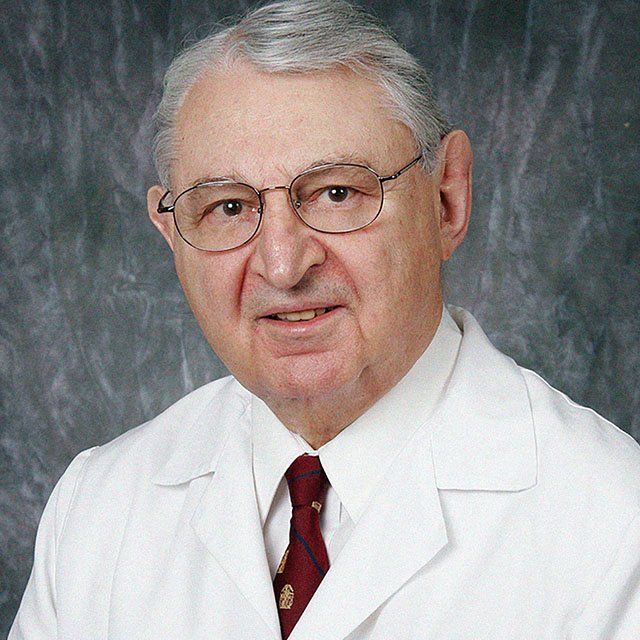Growing up on a farm in Pennsylvania, John D. Gearhart (faculty, pediatrics, cell biology and anatomy, gynecology, and obstetrics, 1980–2008) became fascinated with the different colors of flower petals and the genetics of lilacs.
This interest in botanical genetics ultimately led Gearhart to focus on the inheritable causes of intractable human diseases. He earned a Ph.D. in genetics, development and embryology from Cornell in 1970; continued studies at the National Institutes of Health and the University of Maryland medical school; and in 1980, joined the Johns Hopkins faculty.
In 1998, Gearhart led the Johns Hopkins research team that became the first to identify and isolate human pluripotent stem cells — capable of developing into any type of cell or tissue that perhaps could prevent congenital birth defects or Down syndrome, provide medications to combat genetically generated illnesses, or grow organs for transplantation.
Gearhart, who became one of the world’s preeminent developmental geneticists and left Johns Hopkins in 2008 to become director of the Institute for Regenerative Medicine at the University of Pennsylvania, died of gastric cancer on May 27 at his Swarthmore, Pennsylvania, home. He was 77.
A 2011 entry in The Embryo Project Encyclopedia described Gearhart’s stem cell work as a “revolutionary accomplishment” that possessed “many implications for medical advancement,” but it also raised ethical issues that Gearhart forcefully addressed as a champion of embryonic stem cell research.
In his quest to ensure that scientists communicate their discoveries in ways that avoided misrepresentation and controversy, Gearhart visited Capitol Hill more than 100 times to advise politicians and officials on scientific research and wrote more than 200 papers in the field.



